May 29, 2025 | 22:32 GMT +7
May 29, 2025 | 22:32 GMT +7
Hotline: 0913.378.918
May 29, 2025 | 22:32 GMT +7
Hotline: 0913.378.918

Minister Le Minh Hoan shares the story of Vietnamese fruits. Photo: Hoang Anh.
Continuing the strong growth momentum of 2023, as of July 2024, the exported fruit and vegetable industry is estimated to reach USD 3.8 billion. The fruit and vegetable industry is forecast to set many new records in 2024. However, citing the story of fruit trees in the Mekong Delta, Minister of Agriculture and Rural Development Le Minh Hoan has shared about solutions to enhance the industry's value.
Minister Le Minh Hoan affirmed: The fruit and vegetable industry in general and the fruit industry in particular have achieved many great achievements, but must aim for new values beyond the story of agricultural trade.
For example, the Mekong Delta region needs to reposition the fruit industry and agricultural product industry, which is no longer simply a story of agricultural trade but must be associated with the story of the delta raw material region, historical values that shaped the land, and cultural values of the delta people.
That means it is necessary to see the emotions of an entire garden cultural space and the image of our farmers diligently creating fruit products, which are hidden values that have not been seen for a long time. Thereby honoring farmers, cooperatives, and businesses that together created the Mekong Delta's fruit industry.
Since ancient times, when mentioning Vietnamese fruits, everyone immediately thinks of the Mekong Delta region with green gardens located on the banks of the Tien and Hau rivers. With a total area of more than 390,000 ha of fruit trees, the Mekong Delta produces an average output of 5.5 million tons/year, playing an important role in providing raw materials for processing and fresh export.
Delta fruit trees not only carry the characteristic mark of each land but also crystallize the culture and contain soul of the indigenous people. The Mekong Delta's typical fruit products include green-skinned pomelo, green Siamese coconut, durian (Ben Tre); Cao Lanh mango, Lai Vung pink tangerine (Dong Thap); macapuno (Tra Vinh); dragon fruit (Tien Giang, Long An), etc.
Of which, Tien Giang province is dubbed the fruit kingdom, with about 84,000 ha of fruit trees and an annual output of over 1.8 million tons. Tien Giang fruit currently holds a key position in the local agricultural structure. In 2023, the province's official fruit exports exceeded 23,800 tons, bringing nearly USD 50 million to the province. In the first 4 months of 2024, more than 13,000 tons worth over USD 26 million have been exported, an increase of 129.5% in volume and an increase of 137% in value compared to the same period last year.
Minister Le Minh Hoan shared: In general, Vietnam's agricultural product industry is now still fragmented, so it is necessary to link up and cooperate with each other to jointly introduce to the world the Vietnam fruit map by season and Vietnam's fruit industry that has been changing to fit the trend. This is a fruit industry that will not be passionate about the yield and the story of self-affirming that "my fruit is delicious," but needs to change to the mindset that in addition to deliciousness, it is mandatory to aim for nutritional value and many other values.
To do so requires cooperation between managers, the business community, cooperatives, and farmers. It is necessary to eliminate seasonal thinking and business thinking, link together to digitize the industry, trace origins, develop growing area codes and geographical indications, apply science and technology, respond to challenges from climate change and the market, and anticipate risks to have solutions.
Along with that are scientific solutions. "In the Mekong Delta, the current challenge is climate change. Therefore, recognizing how risks can occur, what solutions are, what fruit tree varieties can withstand drought and saline intrusion, what production processes can limit risks to help people, etc., needs solutions from science and technology, research facilities, and scientists to help people and support localities," Minister Le Minh Hoan affirmed.
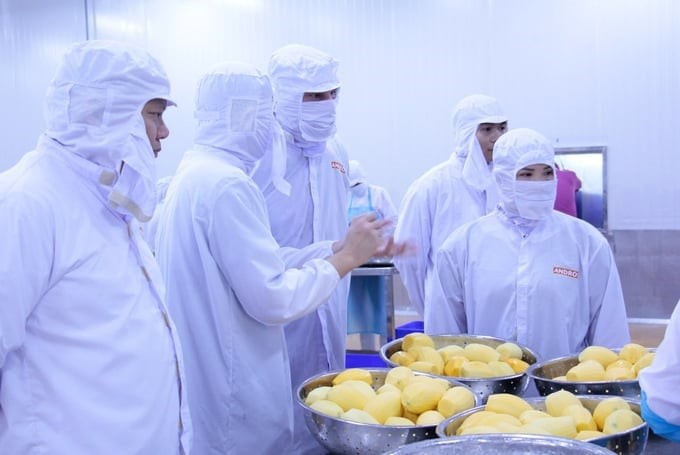
Andros' tropical fruit story. Photo: Hung Phat.
Talking to Vietnam Agriculture Newspaper, Ms. Nguyen Thi Hien, Production Director of Hung Phat Fruits Producing Co., Ltd. (Andros Group), said: Since 2016, the company has joined Andros Group, a multinational corporation with more than 40 fruit processing factories located in 25 countries around the world and leading the European market in the fruit processing industry. In addition to Tien Giang, Andros also signed a cooperation agreement with An Giang province to develop a 350-ha mango raw material area with Global GAP certification, equivalent to 5,000 tons of raw mangoes annually in An Phu district. At the same time, coordinate with Binh Thuan province to complete GlobalGAP certification for dragon fruit and open passion fruit raw material areas in Dak Lak province.
Grasping the world's consumer trend of increasingly favoring delicious and nutritious fruits from the tropics, Andros has repurchased two factories in Tien Giang and linked with cooperatives and farmers to produce fruit according to the export process. If, when Andros invested in Tien Giang province, Hung Phat Company could only export 3,000 tons, then by 2023, thanks to production linkage, promoting the application of science and technology from production to processing and preservation, the export figure would have increased to more than 15,000 tons.
Andros's further goal is to bring Vietnam in general and the Mekong Delta region in particular to become an exporter of raw fresh fruits for the Group in demanding markets such as the US, EU, Japan, etc., through building sustainable, eco-friendly, and health-safe fruit raw material areas.
"Identifying bottlenecks as raw material areas and processing, Hung Phat focuses on supporting people, cooperatives, and businesses to link technical, scientific, and technological solutions. Thereby, gradually bringing Vietnamese fruits to meet all market standards and promoting to the world that the quality of Vietnamese fruits is truly excellent. After GlobalGAP safety standards, we are now aiming for high-quality organic standards, first testing 20 ha of passion fruit according to the highest process in the Central Highlands. "If bottlenecks in raw material areas, preservation, and processing are removed, Vietnam's fruit industry will certainly continue to boom," analyzed the Production Director of Hung Phat Fruits Producing Co., Ltd.
"It is necessary to change to the mindset of regional cooperation and linkage so that regions can replace each other. For example, with the same mango, Tien Giang has it this season, but Dong Thap does not have it yet. Therefore, it needs to be spread out to introduce the harvest map for each type of fruit in the region so that consumers know seasonal fruits. The same goes for other fruit tree regions nationwide, which need to be linked together to create truly sustainable linkage and cooperation," shared Minister Le Minh Hoan.
Translated by Thu Huyen

(VAN) Reciprocal tariffs are exerting pressure on U.S. exports, prompting Vietnamese firms to shift their focus to Muslim markets, Thailand, and Brazil.
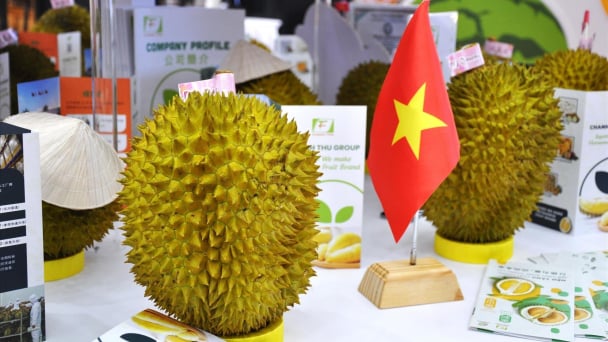
(VAN) A free booth for two years at Xinfadi, Beijing's largest wholesale market, will be allocated to Vietnam's agricultural products.
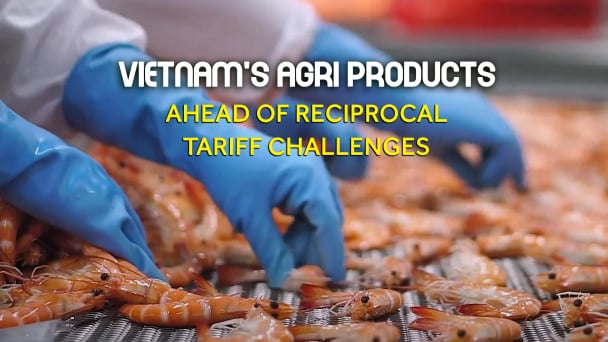
(VAN) Vietnamese shrimp exporters are actively looking for alternative markets and accelerating shipments to the United States in response to the pressure of impending reciprocal tariffs. This is occurring during a temporary tariff suspension.
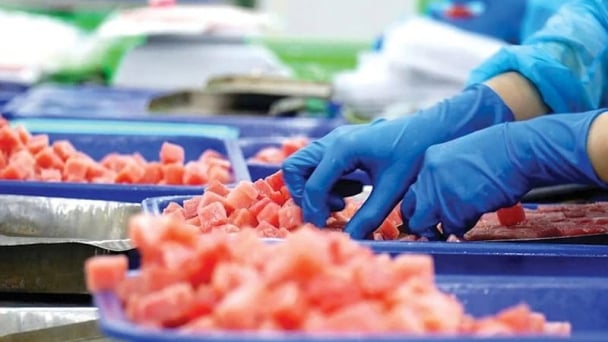
(VAN) The import-export turnover between Vietnam and Singapore rose amid a trade rebound, with machinery, electrical equipment, and fuels making up the majority of the transaction value.

(VAN) Director General of the General Administration of Customs of China, Ms. Sun Mai Jun, has pledged to implement measures that will ease the import process for Vietnamese agricultural products.
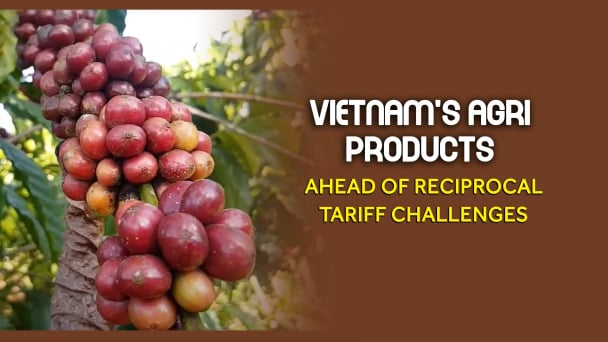
(VAN) Although Vietnam is still increasing its coffee exports, the industry is currently in the process of determining market strategies in response to the U.S. imposition of reciprocal tariffs.

(VAN) With rising demand in Muslim-majority countries, Halal certification is becoming a critical passport for Vietnamese agricultural products seeking sustainable market access and consumer trust in the Middle East and Africa.